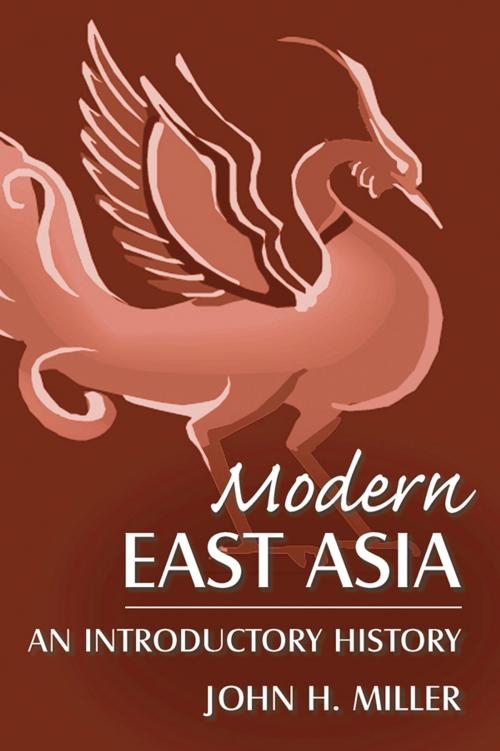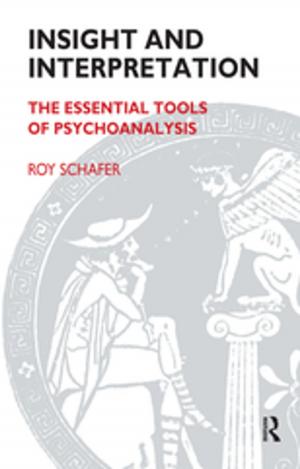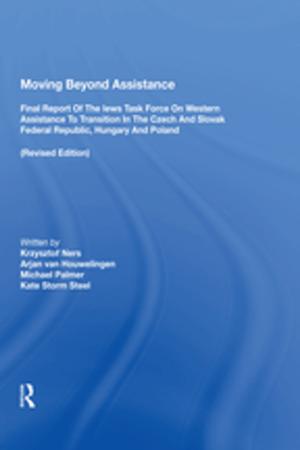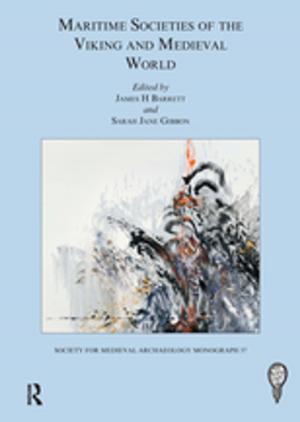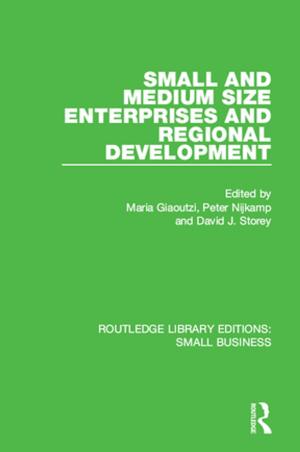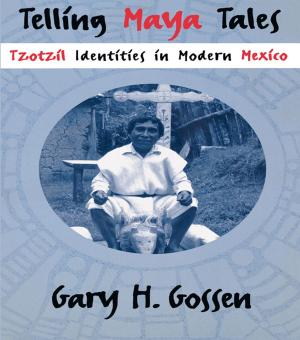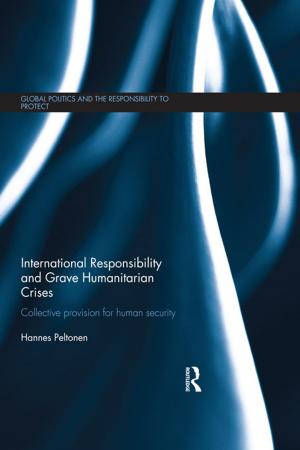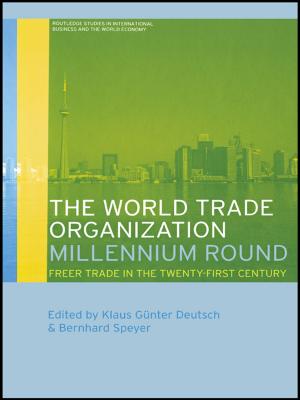Modern East Asia: An Introductory History
An Introductory History
Business & Finance, Economics, Economic Development, Nonfiction, Social & Cultural Studies, Social Science, Cultural Studies, Ethnic Studies| Author: | David Y Miller | ISBN: | 9781317464624 |
| Publisher: | Taylor and Francis | Publication: | December 18, 2014 |
| Imprint: | Routledge | Language: | English |
| Author: | David Y Miller |
| ISBN: | 9781317464624 |
| Publisher: | Taylor and Francis |
| Publication: | December 18, 2014 |
| Imprint: | Routledge |
| Language: | English |
Written with rare mastery and a sure sense of the essential, this concise general history of modern East Asia offers students and general readers an understanding of this dynamic region from a global perspective. It is the ideal introductory text for college survey courses in Asian and international studies.Following an introductory discussion of the regional concept, the first two chapters lay the foundations. Chapter 1 describes East Asia's geographical, human, cultural, economic, social, and political setting as it has evolved over the past several millennia, and the three major belief systems - Confucianism, Buddhism, and Islam. Chapter 2 presents a panoramic view of the region ca. 1800. The chapter introduces the "dramatis personae" - the Chinese, Japanese, Koreans, Vietnamese, Thai, Burmese, Indonesians, Filipinos, and others - and describes their interactions with each other and with Imperial China.The following three chapters deal with European expansionism and East Asians' responses to the civilizational challenge; the stirrings of nationalism in reaction to European colonial rule; and the remarkable rise of Imperial Japan. Chapters 6 and 7 trace Japan's bid to lead a pan-Asianist revolt against the twin threats of Western liberalism and Soviet communism, and the ensuing Pacific War. Chapters 8 and 9 span the cold war era, from postwar U.S. hopes for a "Pax Americana" to the division of East Asia into communist and anti-communist blocs. The Sino-Soviet split and the Sino-American rapprochement of the early 1970s open the way to the "East Asian miracle" and a resurgence of East Asian regionalism, surveyed in Chapter 10. A concluding chapter considers the prospects for continued economic dynamism and the balance of nationalism and pan-Asian trends in shaping the future.
Written with rare mastery and a sure sense of the essential, this concise general history of modern East Asia offers students and general readers an understanding of this dynamic region from a global perspective. It is the ideal introductory text for college survey courses in Asian and international studies.Following an introductory discussion of the regional concept, the first two chapters lay the foundations. Chapter 1 describes East Asia's geographical, human, cultural, economic, social, and political setting as it has evolved over the past several millennia, and the three major belief systems - Confucianism, Buddhism, and Islam. Chapter 2 presents a panoramic view of the region ca. 1800. The chapter introduces the "dramatis personae" - the Chinese, Japanese, Koreans, Vietnamese, Thai, Burmese, Indonesians, Filipinos, and others - and describes their interactions with each other and with Imperial China.The following three chapters deal with European expansionism and East Asians' responses to the civilizational challenge; the stirrings of nationalism in reaction to European colonial rule; and the remarkable rise of Imperial Japan. Chapters 6 and 7 trace Japan's bid to lead a pan-Asianist revolt against the twin threats of Western liberalism and Soviet communism, and the ensuing Pacific War. Chapters 8 and 9 span the cold war era, from postwar U.S. hopes for a "Pax Americana" to the division of East Asia into communist and anti-communist blocs. The Sino-Soviet split and the Sino-American rapprochement of the early 1970s open the way to the "East Asian miracle" and a resurgence of East Asian regionalism, surveyed in Chapter 10. A concluding chapter considers the prospects for continued economic dynamism and the balance of nationalism and pan-Asian trends in shaping the future.
